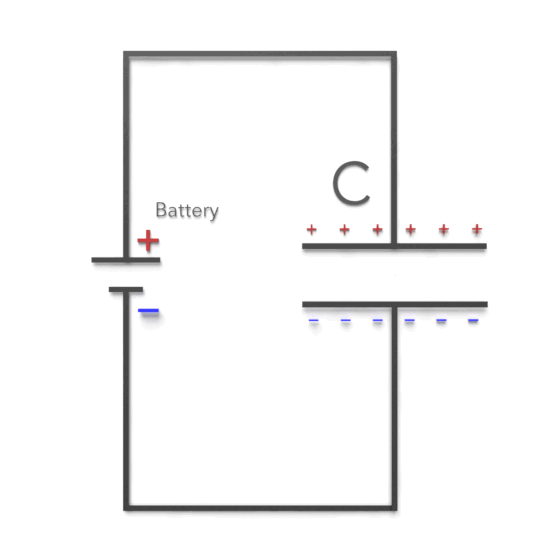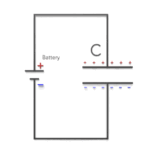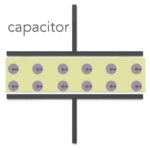30-second summary
Capacitor
A capacitor is a device that can store electric charge and normally consists of two conducting objects (usually plates or sheets) placed near each other but not touching.
Basically, capacitors consist of two metal plates separated by an insulator. The insulator is called a dielectric. (e.g., polystyrene, oil, or air).
Capacitors are one of the most used and useful electronic components used in any modern electronic and electrical circuit and devices.
The most common kinds of capacitors are:
- Electrolytic capacitors
- Ceramic capacitors
- Paper capacitors
- Film capacitors
- Mica capacitors
- Supercapacitors
See also: Capacitance
See also: Dielectrics

Paper Capacitors
Paper capacitors are a type of capacitor that uses a paper material as the dielectric between the capacitor plates. They are an older type of capacitor technology that is still used today in some applications. Here are some characteristics of paper capacitors:
- Low capacitance range: Paper capacitors have a relatively low capacitance range, typically ranging from a few nanofarads to several microfarads.
- Large size: They are typically larger than ceramic or film capacitors, making them less suitable for applications where space is limited.
- Limited voltage ratings: They have limited voltage ratings compared to other types of capacitors, typically ranging from a few hundred volts to a few thousand volts.
- Low cost: They are relatively inexpensive compared to other types of capacitors, which makes them a popular choice in some applications.
- Moisture sensitivity: They are sensitive to moisture and may experience changes in performance over time if exposed to high levels of humidity.
- Polarized: Some types of paper capacitors are polarized, which means that they must be connected in a specific orientation in a circuit.
Overall, paper capacitors are an older technology that is still used today in some applications, but they have been largely replaced by newer technologies such as ceramic and film capacitors. They are commonly used in audio circuits, power supplies, and other low-frequency applications where their lower capacitance range and larger size are not an issue.



